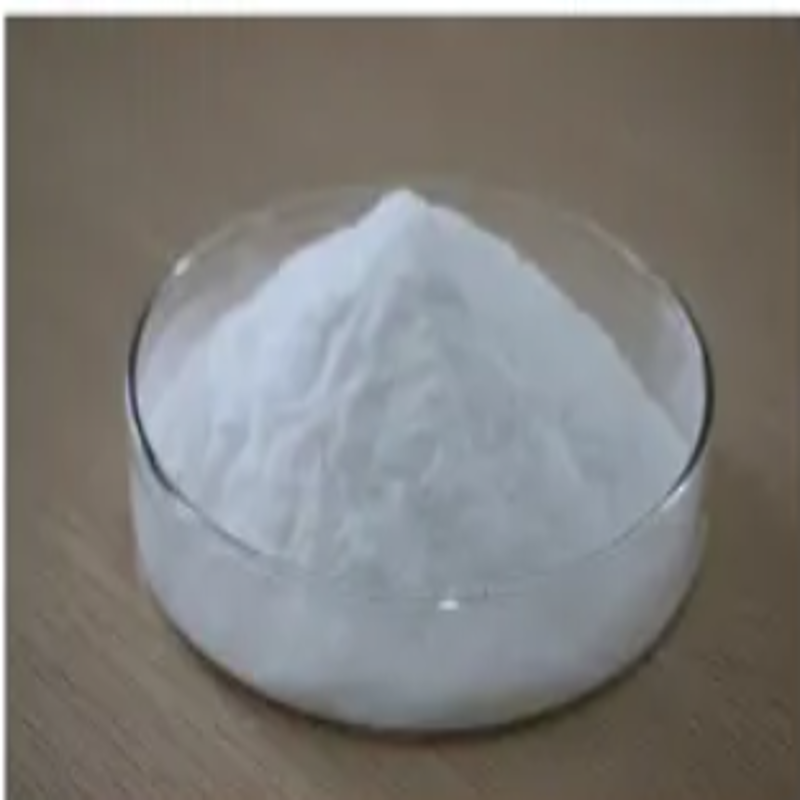-
Categories
-
Pharmaceutical Intermediates
-
Active Pharmaceutical Ingredients
-
Food Additives
- Industrial Coatings
- Agrochemicals
- Dyes and Pigments
- Surfactant
- Flavors and Fragrances
- Chemical Reagents
- Catalyst and Auxiliary
- Natural Products
- Inorganic Chemistry
-
Organic Chemistry
-
Biochemical Engineering
- Analytical Chemistry
-
Cosmetic Ingredient
- Water Treatment Chemical
-
Pharmaceutical Intermediates
Promotion
ECHEMI Mall
Wholesale
Weekly Price
Exhibition
News
-
Trade Service
As early as 1823, it was clear that cancer patients had an increased risk of developing venous thromboembolism (VTE).
VTE was associated with interruption of anti-cancer treatment, decreased quality of life, and increased mortality.
with the development of medical technology, the development of new cancer treatments, the application of high-resolution imaging technology, the survival rate of cancer patients continues to improve, the occurrence of venous thromboembolism in cancer patients may also change.
researchers compared 499,092 patients who were first diagnosed with cancer in Denmark between 1997 and 2017, as well as 1,497,276 people in the general population who did not have cancer.
the cumulative rate of venous thromboembolism 6 months and 12 months after diagnosis of cancer.
risk of VTE for different cancers was in the cancer queue, with a cumulative rate of 2.3% (95% CI, 2.2%-2.3%) of venous thromboembolism 12 months after cancer diagnosis, corresponding to the control queue The occurrence rate is 0.35% (95% CI, 0.34%-0.36%; risk ratio is 8.5, 95% CI, 8.2-8.8).
risk factors for patients with VTE risk in different treatments are past venous thrombosis (SHR, 7.6, 95%, CI, 7.2-8.0), distant metastasis (SHR 3.2, 95% CI, 2.9-3.4), chemotherapy (SHR 3.4, 95% CI, 3.1-3.7), protein kinase inhibitors (SHR 4.1, 95% CI 3.4-4.9), anti-angiogenesis therapy (SHR 4.4, 95% CI, 3.8-5.2) and immunotherapy (SHR 3.6, 2.8-4.6).
the risk of VTE over time was unexpected, the incidence of venous thromboembolism in cancer patients did not decrease with advances in treatment, but increased significantly: the cumulative incidence of 12 months in the cancer queue increased from 1.0% (95% CI 0.9% in 1997) -1.2%) rose to 3.4% (95% CI 2.9%-4.0%) in 2017, but the use of ct scans, chemotherapy and targeted therapy increased significantly and the 12-month survival rate increased significantly.
all, the risk of venous thromboembolism in cancer patients is steadily increasing, nine times higher than in the general population, requiring close attention from clinicians.
。







